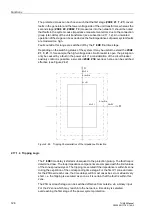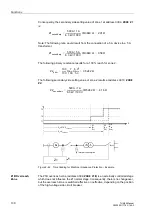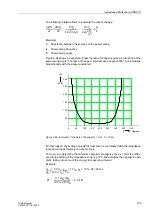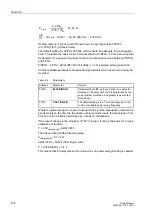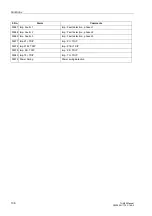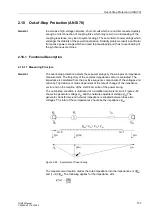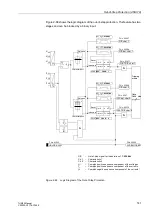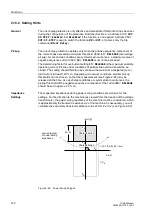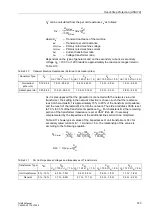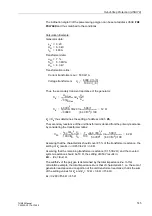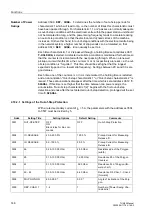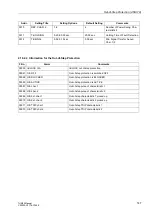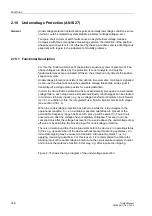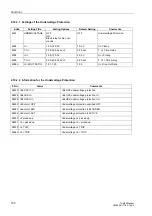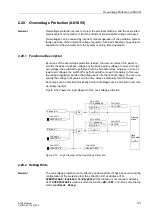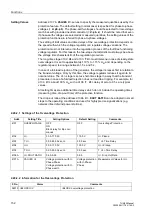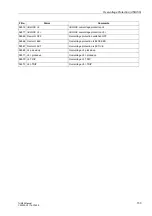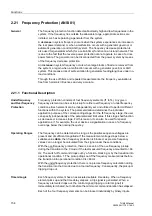
Functions
140
7UM62 Manual
C53000-G1176-C149-3
Figure 2-67
Polygonal Out-of-Step Characteristic and Typical Power Swing Occurrences
An out-of-step condition requires, additionally, that the impedance vector enters a
power swing characteristic at one side and leaves it at the other side (loss of
synchronism, cases
and
in Figure 2-67). This is characterized in that the real
component of the impedance (or its component rectangular to the symmetrical axis
ϕ
P
has changed its sign while passing through the characteristic.
It is also possible for the impedance vector to enter and leave the power swing polygon
at the same side. In this case, power swing tends to be stabilized (cases
and
in
Figure 2-67).
When an out-of-step condition is recognized, i.e. when the impedance vector has
passed through a power swing characteristic, an annunciation is issued which also
identifies the characteristic. Additionally, a counter n1 (for characteristic 1) or n2 (for
characteristic 2) is incremented.
Out-of-step protection pick-up is indicated when a counter is set to 1. Another out-of-
step indication is given, for an adjustable time period, each time a counter is
incremented. After an adjustable holding time pick-up resets unless a new power
swing condition has been recognized. The holding time is triggered each time a
counter is incremented.
Trip command is given when the number of out-of-step periods, i.e. one of the
counters, has reached a selectable number. The trip command is held for at least the
set time
. The minimum trip command duration
does not
start until the pickup has reset.
Z
d
–Z
c
Z
c
Z
b
Z
a
Z=R +jX
Characteristic 2
Z
d
Characteristic 1
Re(Z
)
Im(Z)
ϕ
P

